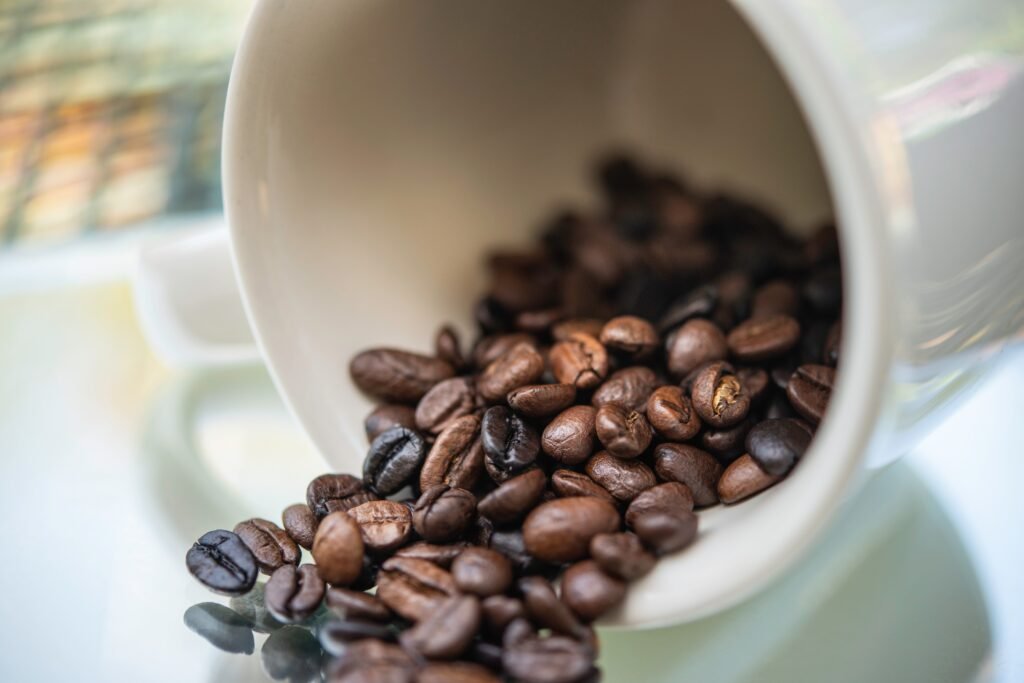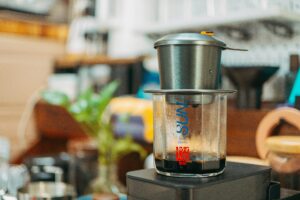A. The Significance of Coffee in Morning Routine
The comforting ritual of sipping a hot cup of coffee has become a cornerstone of morning routines for millions worldwide. Its rich aroma and bold flavor are not just a sensory delight but also serve as a ritualistic awakening, signaling the start of a new day. As coffee culture continues to evolve, individuals are increasingly seeking ways to tailor their coffee experience to their unique preferences, leading to a surge in interest in low-caffeine options.
B. Growing Interest in Low-Caffeine Options
The desire for a more subtle, less stimulating coffee experience has prompted a growing interest in exploring low-caffeine options. Whether driven by health considerations, caffeine sensitivity, or a simple preference for a milder brew, consumers are actively seeking alternatives that allow them to enjoy the taste of coffee without the pronounced kick of caffeine. This article delves into the world of low-caffeine coffee, offering insights into various types and methods that cater to those looking for a gentler start to their day.
II. Caffeine Content in Coffee
A. Factors Influencing Caffeine Levels
Understanding the caffeine content in coffee involves delving into a combination of factors. The type of coffee bean, roast level, brewing method, and serving size all play crucial roles in determining the amount of caffeine in a cup. This section explores these factors, providing readers with a comprehensive understanding of the variables that contribute to the caffeine content in their morning brew.
B. Variability in Roast Levels and Brewing Methods
Roast levels significantly impact the caffeine content of coffee. Light roasts, undergoing a shorter roasting time, tend to retain more caffeine than their darker counterparts. Similarly, the brewing method can influence caffeine concentration, with methods like espresso yielding a higher caffeine content per ounce. This section unravels the intricacies of roast levels and brewing methods, empowering readers to make informed choices when seeking a lower-caffeine coffee option.

III. Types of Coffee with Lower Caffeine
A. Decaffeinated Coffee
1. Decoding the Decaf Process
Decaffeinated coffee, often referred to as “decaf,” is a popular choice for those seeking a reduced caffeine intake. The decaffeination process involves removing most of the caffeine from the coffee beans. This section provides an in-depth look into the decaffeination process, shedding light on the various methods employed to create decaf coffee and the science behind caffeine extraction.
2. Flavor Retention in Decaf Blends
One common concern among coffee enthusiasts is the potential compromise in flavor when opting for decaffeinated blends. Contrary to misconceptions, decaf coffee can preserve much of the rich flavor profile associated with traditional coffee. This subsection explores the art of crafting flavorful decaf blends, assuring readers that they need not sacrifice taste for a lower-caffeine alternative.
B. Light Roast Coffee
1. Characteristics of Light Roasts
Light roast coffee, known for its bright acidity and nuanced flavors, stands out as a low-caffeine option for those who appreciate the subtleties of coffee. This section delves into the unique characteristics of light roasts, discussing the flavor profiles, aroma, and overall experience that make them an appealing choice for individuals seeking a milder cup.
2. Nuanced Taste Profiles for Coffee Connoisseurs
For coffee connoisseurs who value the intricate flavors and complexities of their brew, light roasts offer a canvas of possibilities. This subsection explores the diverse taste profiles associated with light roasts, from fruity and floral notes to hints of sweetness. By understanding the nuances of light roast coffee, readers can make informed choices that align with their flavor preferences.
C. Arabica Beans
1. Arabica vs. Robusta: Caffeine Content Comparison
The type of coffee bean used significantly impacts the caffeine content in the final brew. Arabica beans, known for their smooth and mild flavor, generally contain less caffeine than Robusta beans. This section provides a comparative analysis of Arabica and Robusta beans, empowering readers to make choices based on their desired caffeine levels and taste preferences.
2. Embracing the Smooth and Mild Flavor of Arabica
Arabica beans, celebrated for their delicate and nuanced flavor profile, have become synonymous with specialty coffee. This subsection delves into the characteristics of Arabica beans, exploring the factors that contribute to their smooth taste. By understanding the qualities of Arabica, readers can appreciate the appeal of this low-caffeine coffee option.
D. Cold Brew Coffee
1. Cold Brewing Process Overview
Cold brew coffee has gained popularity for its refreshing taste and lower acidity. This section provides an overview of the cold brewing process, explaining how coarsely ground coffee beans steep in cold water for an extended period. The result is a concentrated coffee extract that, when diluted, offers a smooth and milder alternative to traditional hot coffee.
2. Refreshing and Low-Caffeine Alternative
Cold brew coffee’s appeal extends beyond its lower caffeine content. This subsection explores the refreshing nature of cold brew, making it an ideal choice for those seeking a chilled, thirst-quenching beverage with a gentler caffeine impact. With insights into the unique characteristics of cold brew, readers can consider it as a delightful option for their coffee repertoire.
IV. Conclusion
A. Tailoring Your Coffee Experience
As coffee enthusiasts embark on a journey to discover low-caffeine options, this section encourages readers to tailor their coffee experience to align with individual preferences. Whether motivated by health considerations, flavor preferences, or a desire for a gentler start to the day, the diverse options explored in this article empower readers to make choices that enhance their coffee ritual.
B. Exploring Low-Caffeine Options for Diverse Preferences
In conclusion, the world of coffee offers a spectrum of options for those seeking a less caffeinated experience. From decaffeinated coffee to light roasts, Arabica beans, and cold brew, each option provides a unique avenue for exploring the rich flavors of coffee without the pronounced caffeine kick. By understanding the intricacies of each type and method, readers can embark on a journey of coffee exploration, savoring the diversity of low-caffeine options available to suit diverse preferences.






